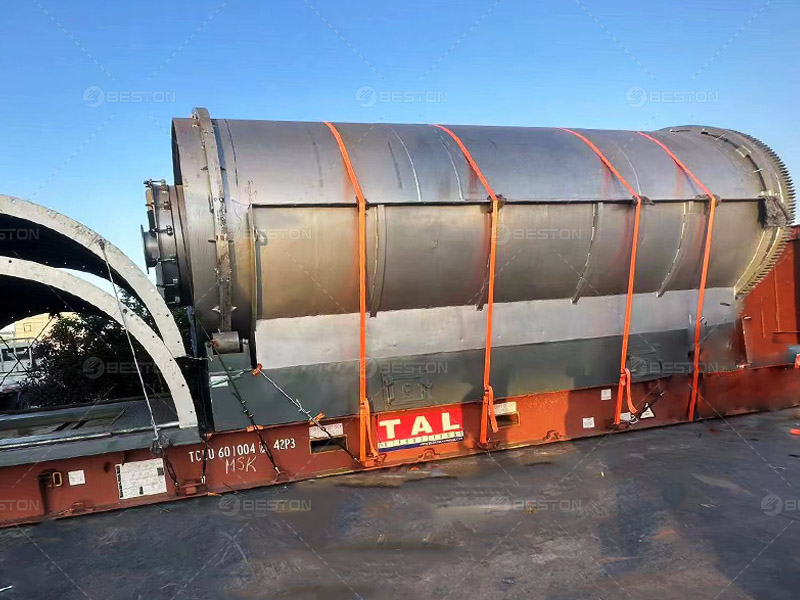The global issue of waste tyre pollution has spurred the search for innovative and sustainable solutions. Among these solutions, pyrolysis plants have emerged as a promising avenue to address this growing concern. As the environmental impacts of indiscriminate tyre disposal become more pronounced, the adoption of pyrolysis technology gains significance. This article delves into the technical aspects and environmental implications of pyrolysis plants as a waste tyre pollution treatment solution.
Understanding Pyrolysis as a Sustainable Approach
In essence, pyrolysis involves the thermal decomposition of waste tyres in the absence of oxygen. This controlled process breaks down the tyres' complex molecular structure, resulting in the formation of valuable byproducts. These include pyrolysis oil, carbon black, and steel. Unlike traditional incineration methods that release harmful pollutants into the atmosphere, pyrolysis offers a more sustainable route. Through this approach, waste tyres are transformed into useful materials rather than becoming a burden on the environment.
Pyrolysis Plant Components and Process
A pyrolysis plant consists of several integral components that work harmoniously to execute the waste-to-resource conversion process. The main stages involve feeding, heating, decomposition, and collection of byproducts. Waste tyres are introduced into a reactor, where they undergo controlled heating. The absence of oxygen prevents complete combustion and instead triggers the pyrolysis process. Temperatures and pressures are carefully monitored to ensure optimal efficiency and product quality.Environmental Benefits of Pyrolysis for Tyre Waste
One of the most compelling aspects of pyrolysis technology is its positive impact on the environment. Traditional tyre incineration releases pollutants such as sulfur dioxide and particulate matter, contributing to air and soil pollution. Pyrolysis, on the other hand, significantly reduces emissions, leading to cleaner air and less soil contamination. Additionally, the process allows for energy recovery from the pyrolysis oil, further lessening the environmental footprint. Moreover, pyrolysis plants contribute to visual pollution reduction by processing waste tyres that would otherwise clutter landscapes and landfills.Economic Viability and Resource Recovery
The economic viability of tyre pyrolysis plants is a significant factor driving their adoption. The valuable byproducts generated through pyrolysis, such as pyrolysis oil, carbon black, and recovered steel, offer potential revenue streams. Pyrolysis oil can be refined into various fuels, carbon black finds use in rubber and plastic industries, and recovered steel contributes to recycling efforts. This multi-faceted resource recovery not only supports waste reduction goals but also establishes a circular economy model that promotes sustainability.Challenges and Future Outlook
While pyrolysis presents an innovative waste tyre treatment solution, challenges remain. Emission control and residue management require careful consideration to ensure the process remains environmentally benign. Technological advancements in plant design aim to enhance efficiency, minimize emissions, and improve byproduct quality. Moreover, the integration of pyrolysis plants into broader circular economy models holds promise for the future, promoting a holistic approach to waste management.
In conclusion, the advent of pyrolysis plants marks a significant stride in combatting waste tyre pollution. By embracing this technology, society can not only mitigate the environmental impact of discarded tyres but also unlock valuable resources from them. The combination of technical prowess and environmental consciousness positions pyrolysis plants as a cornerstone of sustainable waste management efforts, shaping a cleaner and greener future.

Comments
No comments yet. Be the first to react!